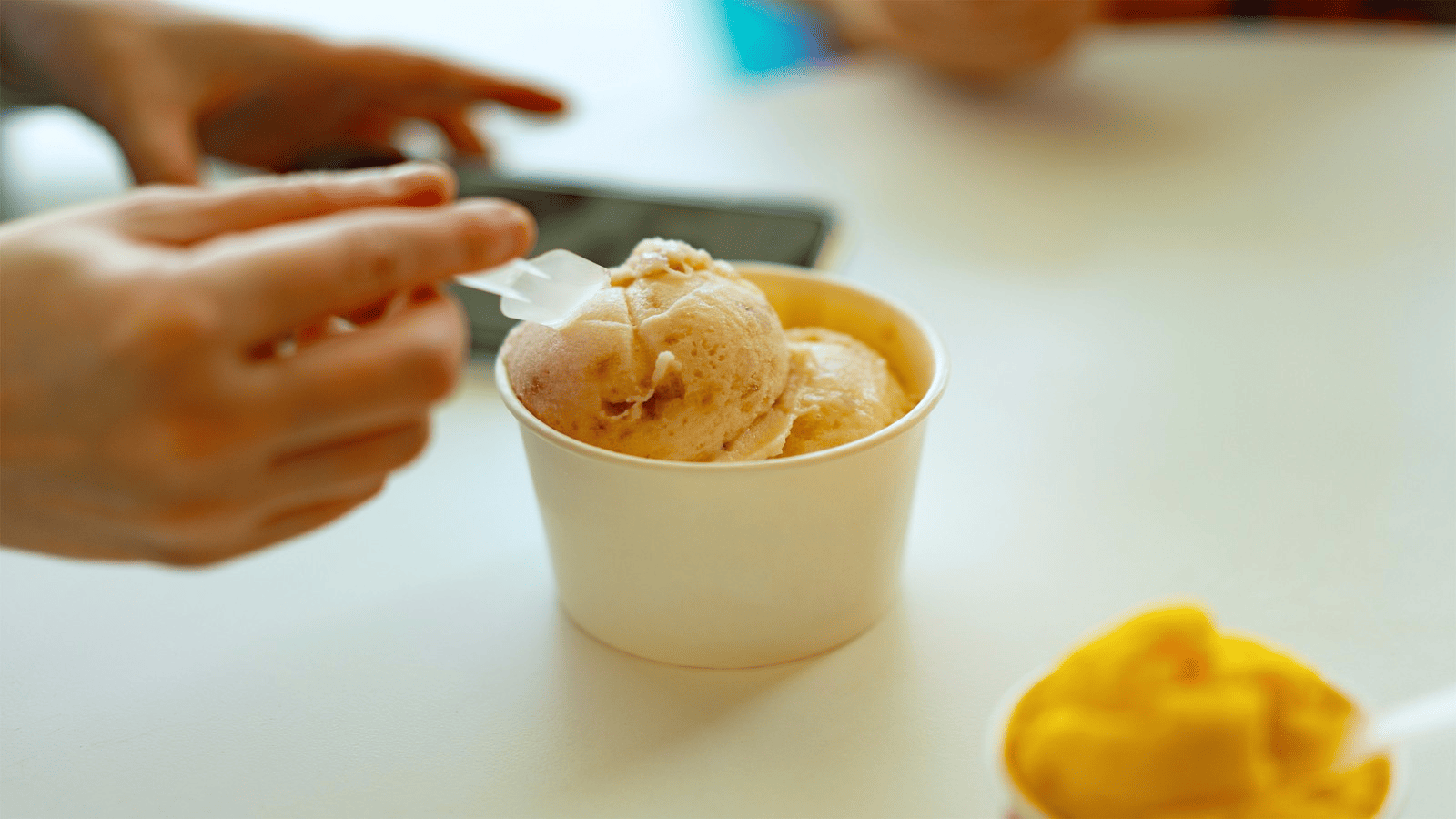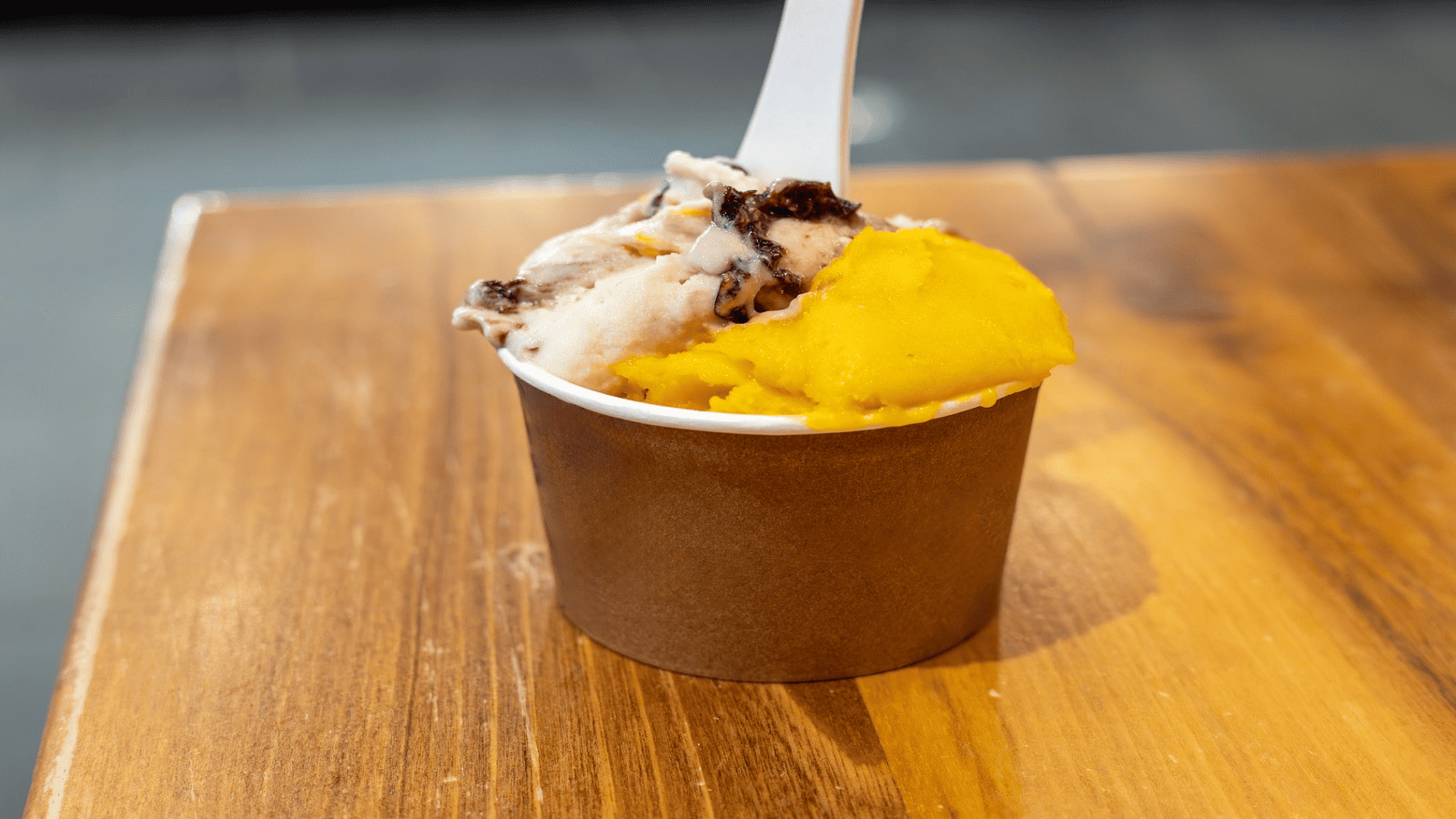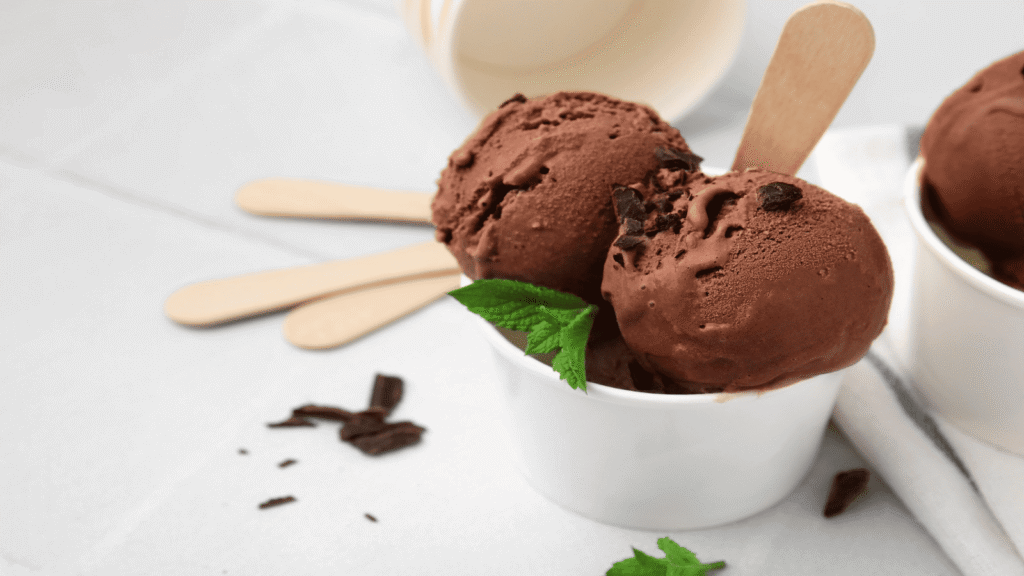Ice cream cup safety is not only about avoiding leaks—it is about meeting strict food contact laws while staying affordable and appealing to global buyers.
Food-safe ice cream cups comply with EC, FDA, and ISO 22000 standards1, ensuring no harmful migration, taste alteration, or hygiene issues during production and use.

I have shipped to clients in 20+ countries, and every order is backed by testing to meet both local and international safety laws.
Safety Inspection of Ice Cream Cup Materials
Safe ice cream cups start from certified raw materials and strict quality checks.
Inspection involves testing paperboard, coatings, and printing inks for compliance with food contact limits, migration tests2, and microbial safety before mass production.
<sup id= material safety inspection ice cream cup](https://papercupshkl.com/wp-content/uploads/2025/09/ice-cream-cups-2-1.png) 3" />
3" />
In my production facility, we always test incoming paper rolls for fiber purity and check PLA or PE coatings for temperature resistance before coating.
Common Safety Standards
| Standard Code | Region | Key Requirement |
|---|---|---|
| EC No 1935/2004 | European Union | No harmful migration, no taste or smell alteration |
| FDA 176.170 | United States | Safety of paper/board in contact with food |
| ISO 22000 | International | Food safety management system certification |
| GB 4806 Series | China | Food contact materials regulations for domestic market |
Why Are Global Customers All Purchasing Ice Cream Cups from China?
China’s combination of scale, cost, and customization has drawn buyers worldwide.
Global customers choose Chinese suppliers for large-scale capacity, full customization options4, advanced printing, and proven compliance with international food safety laws.

When I attend trade shows, overseas buyers often say they trust Chinese factories for delivering consistent quality at competitive prices.
Key Buyer Motivations
| Advantage | Detail |
|---|---|
| Scale | High-volume output supports global chains |
| Customization | Printing, cup shape, coating material choices |
| Compliance | Ability to meet EC/FDA/ISO standards |
| Cost Advantage | Competitive pricing through optimized manufacturing |
| Turnaround | Fast production and shipping lead times |
What Are the Advantages of the Chinese Ice Cream Cup Industry?
China has a tightly integrated supply chain, invested heavily in equipment, and adapted to eco trends early.
Advantages include localized paper and coating production, modern automated lines, lower production costs, and fast adoption of biodegradable coatings like PLA5.

I have seen domestic suppliers upgrade to high-speed flexographic printers6, cutting lead times for large custom orders by weeks.
Industry Advantages Table
| Factor | How It Benefits Buyers |
|---|---|
| Integrated supply | Control over paper sourcing, coating, printing, forming stages |
| Automation | Higher quality consistency, lower defect rate |
| Eco-friendly tech | Early adoption of PLA and recycled paper |
| Skilled workforce | Experience in bulk orders, seasonal demand handling |
The Current Market Situation of the Global Ice Cream Cup Industry
The global market keeps growing as ice cream consumption expands and regulations push for greener packaging.
Demand is rising due to ice cream industry growth, eco legislation, and packaging innovation, with China, Europe, and emerging Asia-Pacific markets as key regions.
